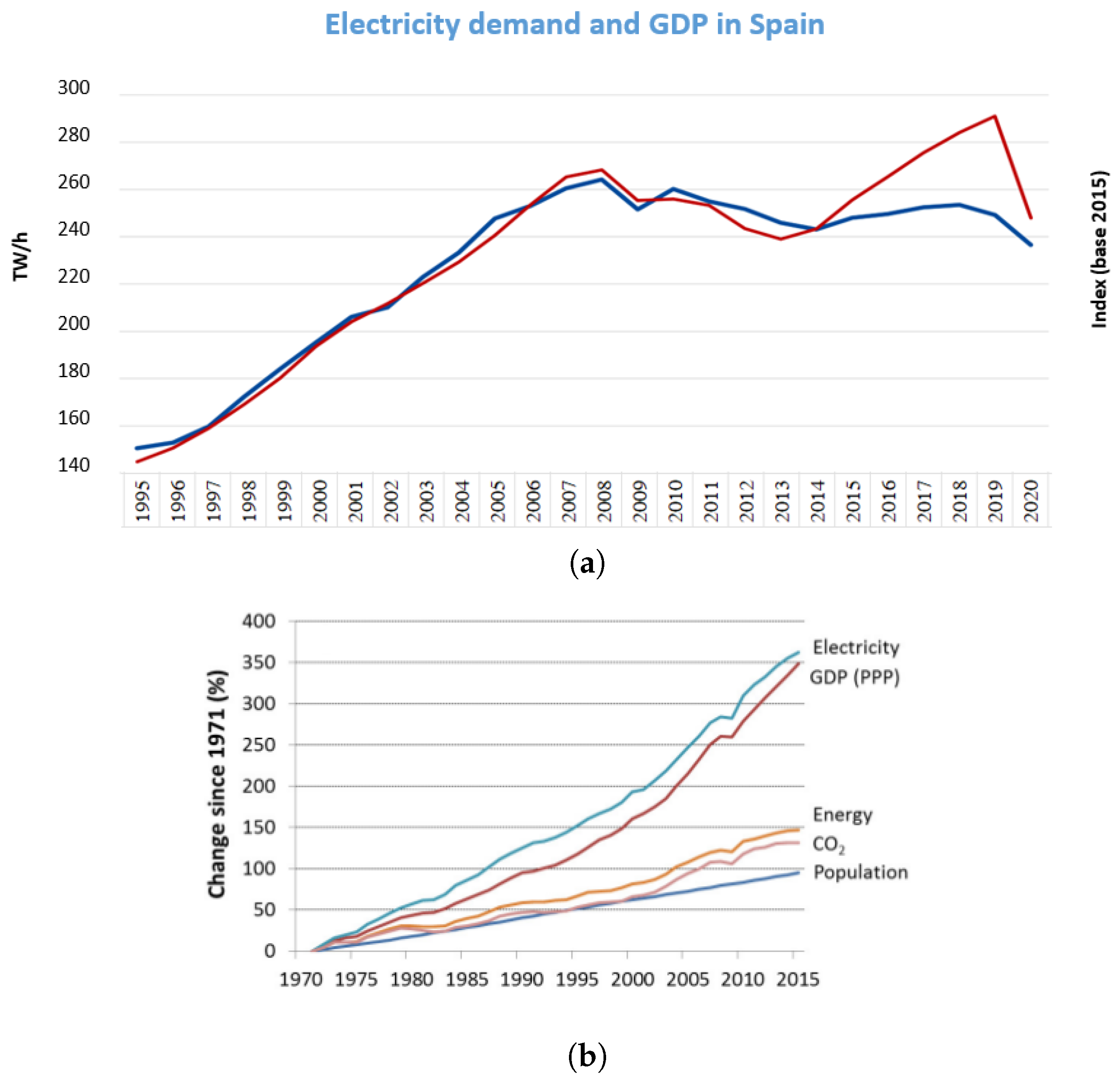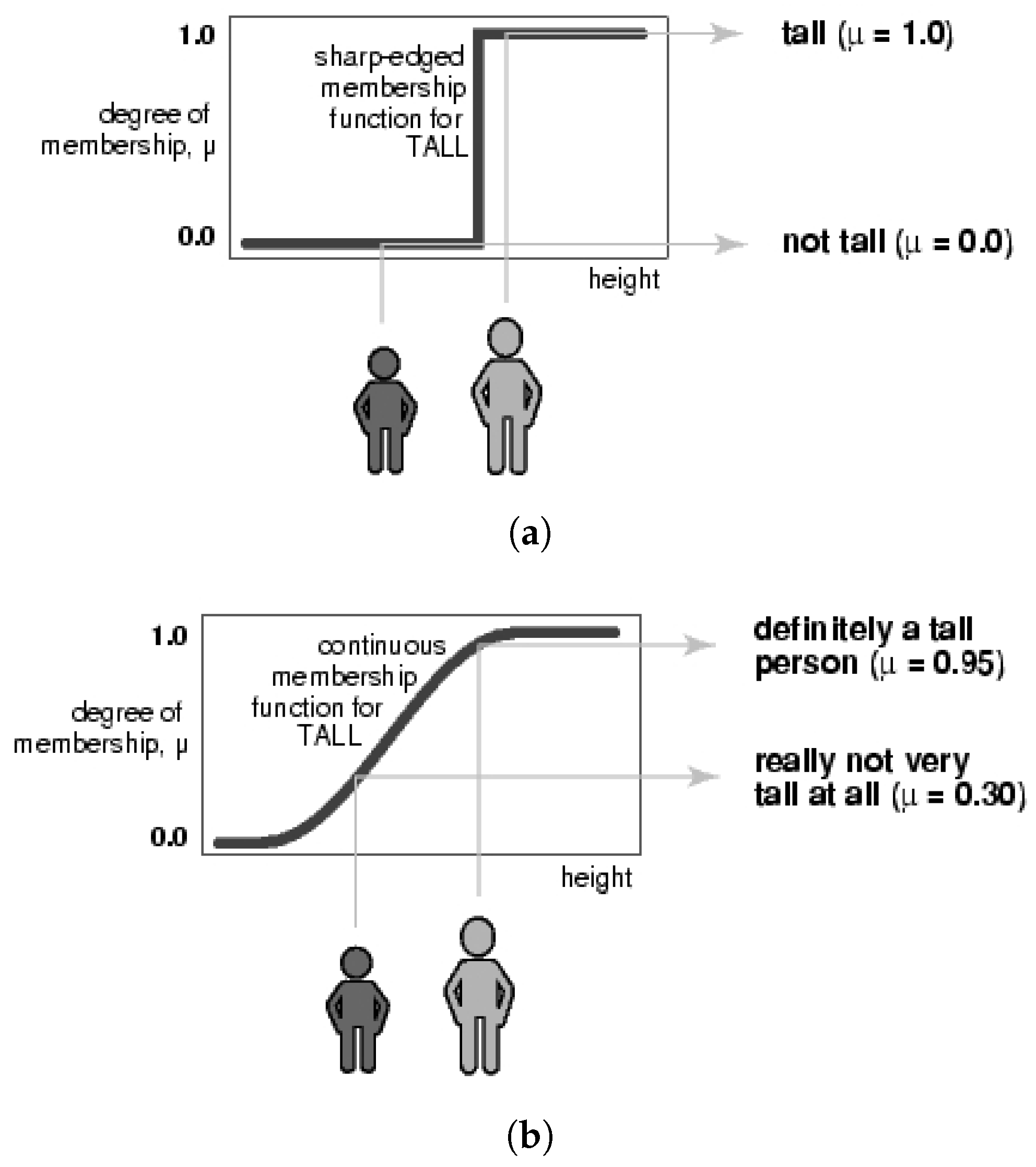
| Version | Summary | Created by | Modification | Content Size | Created at | Operation |
|---|---|---|---|---|---|---|
| 1 | Cristian L Vidal-Silva | -- | 1103 | 2023-11-22 08:45:58 | | | |
| 2 | Catherine Yang | Meta information modification | 1103 | 2023-11-22 08:49:02 | | |
Video Upload Options
A time series is a succession of data ordered chronologically in defined time intervals. The data may be evenly spaced, such as the record of daily solar generation from a photovoltaic plant, or it may be different, such as the number of annual earthquakes in a defined area. This type of representation offers many advantages because its analysis allows us to discover underlying relationships in the data, which can be from various time series or within the data itself. These can be used to extrapolate behavior in the past, during periods of data loss, and in the future.
1. Introduction
Managing the energy produced to support industries and various human activities is highly relevant nowadays. Companies in the electricity markets of each country analyze the generation, transmission, and distribution of energy to meet the energy needs of various sectors and industries. Electrical markets emerge to economically analyze everything related to energy generation, transmission, and distribution. The demand for electric energy is crucial in determining the amount of energy needed to meet the requirements of an individual or a group of consumers.

2. Time Series
2.1. Fuzzy Logic and Fuzzy Time Series


2.2. Universe of Discourse
References
- Erenoglu, A.K.; Erdinç, O.; Taşcıkaraoğlu, A. History of Electricity. In Pathways to a Smarter Power System; Elsevier: Amsterdam, The Netherlands, 2019; pp. 1–27.
- He, W.; King, M.; Luo, X.; Dooner, M.; Li, D.; Wang, J. Technologies and economics of electric energy storages in power systems: Review and perspective. Adv. Appl. Energy 2021, 4, 100060.
- Wang, S.; Sun, L.; Iqbal, S. Green financing role on renewable energy dependence and energy transition in E7 economies. Renew. Energy 2022, 200, 1561–1572.
- Filippov, S.; Malakhov, V.; Veselov, F. Long-term energy demand forecasting based on a systems analysis. Therm. Eng. 2021, 68, 881–894.
- Twenergy. La Demanda eléCtrica. Available online: https://twenergy.com/eficiencia-energetica/como-ahorrar-energia-casa/la-demandaelectrica-953/ (accessed on 10 August 2023).
- Abbasi, K.R.; Hussain, K.; Abbas, J.; Adedoyin, F.F.; Shaikh, P.A.; Yousaf, H.; Muhammad, F. Analyzing the role of industrial sector’s electricity consumption, prices, and GDP: A modified empirical evidence from Pakistan. Aims Energy 2021, 9, 29–49.
- Laimon, M.; Mai, T.; Goh, S.; Yusaf, T. Energy sector development: System dynamics analysis. Appl. Sci. 2019, 10, 134.
- Ahmad, T.; Zhang, D. A critical review of comparative global historical energy consumption and future demand: The story told so far. Energy Rep. 2020, 6, 1973–1991.
- Arriols, E. Cuales son las Fuentes de Energía más Utilizadas en el Mundo. Available online: https://www.ecologiaverde.com/cuales-son-las-fuentes-de-energia-mas-utilizadas-en-el-mundo-1426.html (accessed on 10 August 2023).
- Niu, Z.; Wu, J.; Liu, X.; Huang, L.; Nielsen, P.S. Understanding energy demand behaviors through spatio-temporal smart meter data analysis. Energy 2021, 226, 120493.
- Moral-Carcedo, J.; Pérez-García, J. Time of day effects of temperature and daylight on short term electricity load. Energy 2019, 174, 169–183.
- Koot, M.; Wijnhoven, F. Usage impact on data center electricity needs: A system dynamic forecasting model. Appl. Energy 2021, 291, 116798.
- Prevención, I. El Dato del Día: Evolución del Consumo de Energía en los últimos Cincuenta Años. Available online: https://bit.ly/3Hyiq45 (accessed on 10 August 2023).
- Forecasting, A.E. La Eficiencia Energética en España o Cómo ha Cambiado el Uso de la Energía Desde el Récord de Demanda de 2007. Enero 2021. Available online: https://bit.ly/3qNMkKO (accessed on 10 August 2023).
- Almaghrebi, A.; Aljuheshi, F.; Rafaie, M.; James, K.; Alahmad, M. Data-driven charging demand prediction at public charging stations using supervised machine learning regression methods. Energies 2020, 13, 4231.
- Aslam, M.S.; Ghazal, T.M.; Fatima, A.; Said, R.A.; Abbas, S.; Khan, M.A.; Siddiqui, S.Y.; Ahmad, M. Energy-efficiency model for residential buildings using supervised machine learning algorithm. Intell. Autom. Soft Comput. 2021, 30, 881–888.
- Olu-Ajayi, R.; Alaka, H.; Sulaimon, I.; Sunmola, F.; Ajayi, S. Building energy consumption prediction for residential buildings using deep learning and other machine learning techniques. J. Build. Eng. 2022, 45, 103406.
- Song, C.; Xu, Z.; Song, C.; Xu, Z. Regression Analysis Models Under the Hesitant Fuzzy Environment. In Techniques of Decision Making, Uncertain Reasoning and Regression Analysis under the Hesitant Fuzzy Environment and Their Applications; Springer: Berlin/Heidelberg, Germany, 2021; pp. 83–124.
- Song, C.; Wang, L.; Xu, Z. An optimized logistic regression model based on the maximum entropy estimation under the hesitant fuzzy environment. Int. J. Inf. Technol. Decis. Mak. 2022, 21, 143–167.
- Alagbe, V.; Popoola, S.I.; Atayero, A.A.; Adebisi, B.; Abolade, R.O.; Misra, S. Artificial intelligence techniques for electrical load forecasting in smart and connected communities. In Proceedings of the Computational Science and Its Applications–ICCSA 2019: 19th International Conference, Saint Petersburg, Russia, 1–4 July 2019; Part V 19. Springer: Berlin/Heidelberg, Germany, 2019; pp. 219–230.
- Goguen, J.A. L. A. Zadeh. Fuzzy Sets. Information and Control, Vol. 8, pp. 338?353. - L. A. Zadeh. Similarity Relations and Fuzzy Orderings. Information Sciences, Vol. 3, pp. 177–200. J. Symb. Log. 1973, 38, 656–657.
- Samonto, S.; Kar, S.; Pal, S.; Atan, O.; Sekh, A.A. Fuzzy logic controller aided expert relaying mechanism system. J. Frankl. Inst. 2021, 358, 7447–7467.
- Chandrasekaran, S.; Durairaj, S.; Padmavathi, S. A Performance evaluation of a fuzzy logic controller-based Photovoltaic-fed multi-level inverter for a three-phase induction motor. J. Frankl. Inst. 2021, 358, 7394–7412.
- Khater, A.A.; El-Nagar, A.M.; El-Bardini, M.; El-Rabaie, N.M. Online learning of an interval type-2 TSK fuzzy logic controller for nonlinear systems. J. Frankl. Inst. 2019, 356, 9254–9285.
- Zou, Y.; Yan, F.; Wang, X.; Zhang, J. An efficient fuzzy logic control algorithm for photovoltaic maximum power point tracking under partial shading condition. J. Frankl. Inst. 2020, 357, 3135–3149.
- Gautam, S.S.; Abhishekh. A novel moving average forecasting approach using fuzzy time series data set. J. Control. Autom. Electr. Syst. 2019, 30, 532–544.
- Najariyan, M.; Pariz, N. Stability and controllability of fuzzy singular dynamical systems. J. Frankl. Inst. 2022, 359, 8171–8187.
- Pattanayak, R.M.; Behera, H.S.; Panigrahi, S. A novel probabilistic intuitionistic fuzzy set based model for high order fuzzy time series forecasting. Eng. Appl. Artif. Intell. 2021, 99, 104136.




